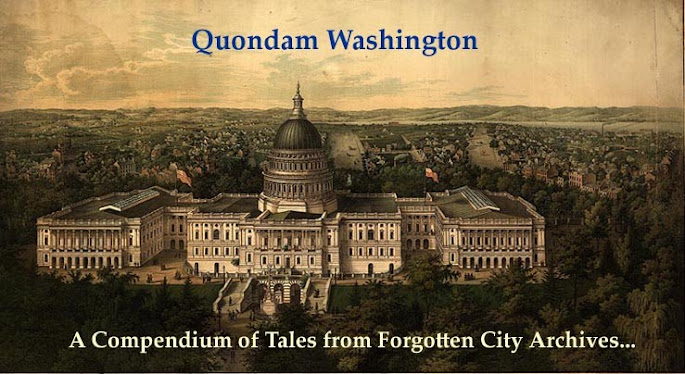Perhaps somewhere out, a reader might recognize one of the young ladies in this photo, which QW found while indulging in one of her favorite pastimes, flea marketing.
The Wilson Normal School Normal
Predating the Wilson School, the Normal School for Colored Girls had been established in 1851; its name was thankfully changed to Miner Normal School in 1879.
The Washington Normal School changed its name to the James Ormond Wilson Normal School
The School was originally housed in the Franklin School Building at 660 K Street, NW (left). It's first graduating class of 18 young white women began classes in September, 1873.
In 1911, Congress granted the white school money to erect a new building at Eleventh and Harvard Streets, NW (right). This was completed a year later and first occupied in 1913. Today, this delightful building houses the Carlos Rosario International Career Center.
The Miner College then occupied Franklin School.
In 1929, the US Congress turned both the Wilson and Miner Schools into four-year teaching colleges--they were renamed the Wilson Teachers College and Miner Teachers College respectfully.
In 1955, the segregated Wilson and Miner Teachers Colleges were merged to become the District of Columbia Teachers College--the precursor to the University of the District of Columbia.
© Cecily Hilleary, 2010
Photo credits:
Students, Wilson Normal School, from QW's private collection.
Buildings, courtesy University of the District of Columbia, Learning Resources Division, University Archives Collection.
Students, Wilson Normal School, from QW's private collection.
Buildings, courtesy University of the District of Columbia, Learning Resources Division, University Archives Collection.










